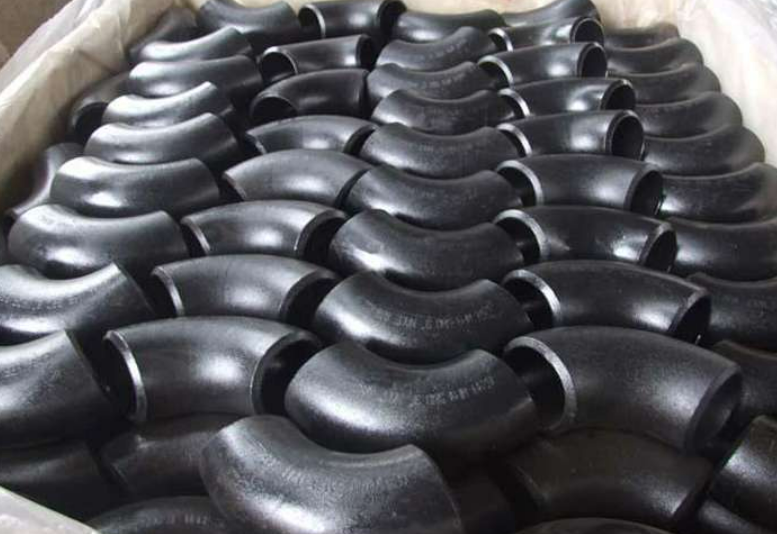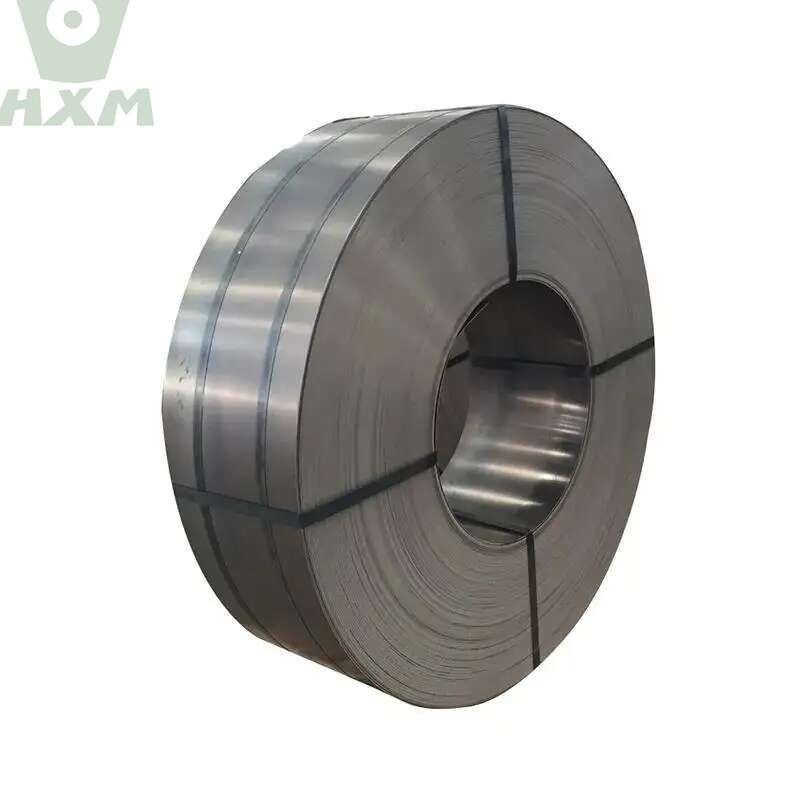Carbon steel is a versatile material that finds applications across various industries, from construction to manufacturing. However, its performance and properties can vary significantly depending on its carbon content. So, low vs medium vs high-carbon steel, what’s the difference? This article compares low, medium, and high-carbon steel, exploring their characteristics, applications, and differences.

Low vs Medium vs High-Carbon Steel
What’s low-carbon steel?
Low-carbon steel, also known as soft steel, has a carbon content ranging from 0.10% to 0.30%. This type of steel is easy to process, such as through forging, welding, and cutting, and is commonly used in the manufacturing of chains, rivets, bolts, shafts, and other similar components.
Carbon steel with a carbon content below 0.25% is also known as soft steel due to its low strength and hardness. It includes most ordinary carbon structural steel and some high-quality carbon structural steel. Most of them are used for engineering structures without heat treatment, while some are used for wear-resistant mechanical parts after carburizing or other heat treatments.
The annealed microstructure of low-carbon steel mainly consists of ferrite and a small amount of pearlite, which results in low strength and hardness but good ductility and toughness. Therefore, it has good cold formability and can be shaped using methods such as curling, bending, and stamping. This type of steel also has good weldability. Low-carbon steel with very low carbon content has very low hardness, resulting in poor machinability. Quenching can improve its machinability.
Low-carbon steel is generally rolled into angle steel, channel steel, I-beams, pipes, steel strips, and steel plates, which are used to make various building components, containers, boxes, furnaces, and agricultural and mechanical tools. High-quality low-carbon steel is rolled into thin sheets to make deeply drawn products such as car bodies and generator covers; it is also rolled into rods to be used for making mechanical parts that require low strength. Low-carbon steel is generally not heat-treated before use, and carbon content above 0.15% is treated with carburization or cyaniding to improve surface hardness and wear resistance for parts such as shafts, gears, and sprockets.
Due to its low strength, the application of low-carbon steel is limited. By properly increasing the manganese content in carbon steel and adding trace amounts of alloying elements such as vanadium, titanium, and niobium, the strength of the steel can be greatly improved. By reducing the carbon content in the steel and adding small amounts of aluminum, boron, and carbide-forming elements, ultra-low-carbon bainite can be obtained with high strength while maintaining good ductility and toughness.
What’s medium-carbon steel?
Medium carbon steel is a carbon-containing steel with carbon content of 0.25% to 0.60%.
It has a variety of products such as killed steel, semi-killed steel, and rimmed steel. Besides carbon, it can also contain a small amount of manganese (0.70% to 1.20%). It is divided into common carbon structural steel and high-quality carbon structural steel according to product quality. It has good hot working and cutting performance, but poor welding performance. Its strength and hardness are higher than those of low-carbon steel, but its plasticity and toughness are lower than those of low-carbon steel. It can be used directly after hot rolling and cold drawing without heat treatment, or can be used after heat treatment. After quenching and tempering, medium carbon steel has good comprehensive mechanical properties. The highest hardness that can be achieved is about HRC55 (HB538), and σb is 600 to 1100MPa.
Therefore, in various applications at the medium strength level, medium carbon steel is the most widely used. Besides being used as building materials, it is also widely used in manufacturing various mechanical parts.
The carbon content of medium carbon steel is higher than that of low carbon steel, and its strength is higher, but its weldability is poor. Commonly used are 35, 45, and 55 grades of steel. The main characteristics of arc welding and its welding filler castings for medium carbon steel are as follows:
(1) The heat-affected zone is prone to produce quenching hardened tissue. The higher the carbon content and the larger the plate thickness, the greater this tendency. If the welding materials and process specifications are not properly selected, cold cracking may occur easily.
(2) Because the basic metal has a higher carbon content, the carbon content of the weld metal is also higher, which makes hot cracking more likely to occur.
(3) With the increase of carbon content, the sensitivity to pores increases. Therefore, the deoxidation property of welding materials, derusting and deslagging of basic metal, drying of welding materials, etc., require more stringent requirements.
What’s high-carbon steel?
High-carbon steel is often called tool steel, which has a carbon content ranging from 0.60% to 1.70% and can be hardened and tempered. Hammers, crowbars, etc. are made of steel with a carbon content of 0.75%; cutting tools such as drill bits, taps, and reamers are made of steel with a carbon content of 0.90% to 1.00%.
Welding of high carbon steel:
Due to its high carbon content, high-carbon steel has poor welding performance. Its welding has the following characteristics:
(1) It has poor thermal conductivity, resulting in a significant temperature difference between the weld area and the unheated part. When the molten pool is rapidly cooled, internal stress is caused in the weld, which can easily form cracks.
(2) It is more sensitive to quenching, and martensite is easily formed in the near-weld area. Due to the stress caused by the microstructure, cold cracks occur in the near-weld area.
(3) Due to the effect of high welding temperatures, the grain size grows rapidly, and carbides tend to accumulate and grow on the grain boundaries, making the weld brittle and reducing the strength of the welding joint.
(4) High-carbon steel is more prone to hot cracking than medium-carbon steel during welding.
Conclusion
Thank you for reading our article and we hope it can help you to have a better understanding of low vs medium vs high-carbon steel. If you want to find more information about carbon steel, we’d advise you to visit Huaxia Steel.
As a leading supplier of carbon steel across the world, Huaxia Steel provides customers with a wide range of high-quality products such as alloy steel, tool steel, carbon steel, carbon steel tubes, and carbon steel pipes for global markets at a very competitive price.








